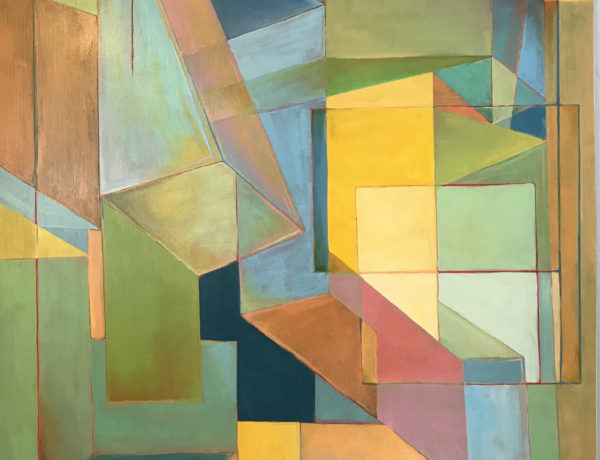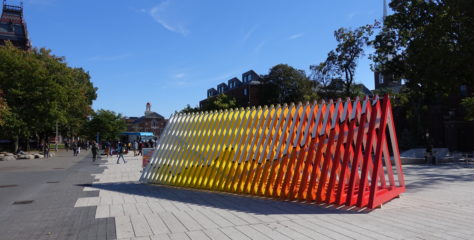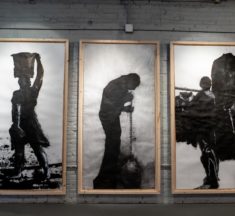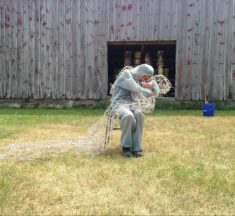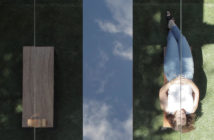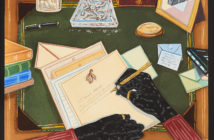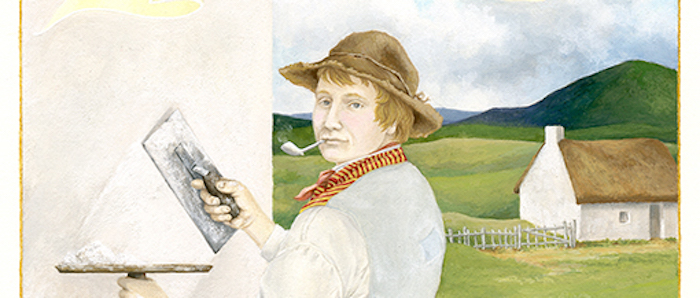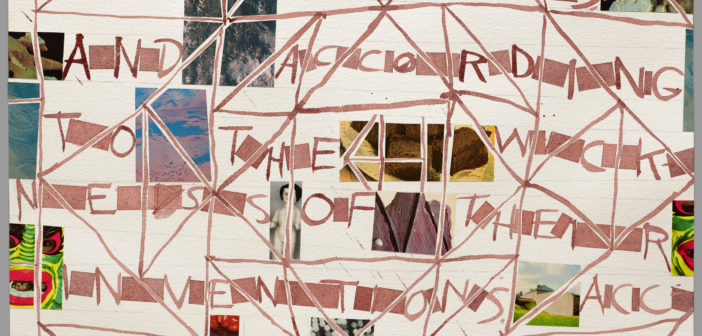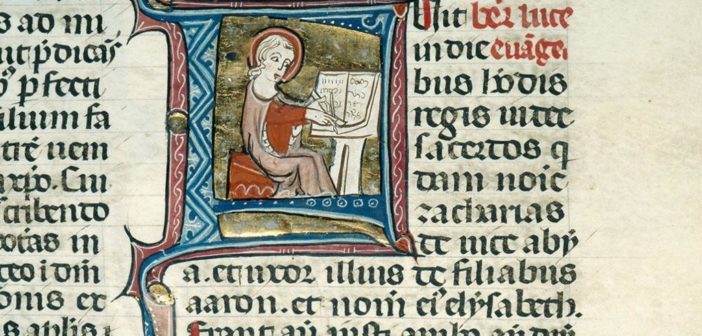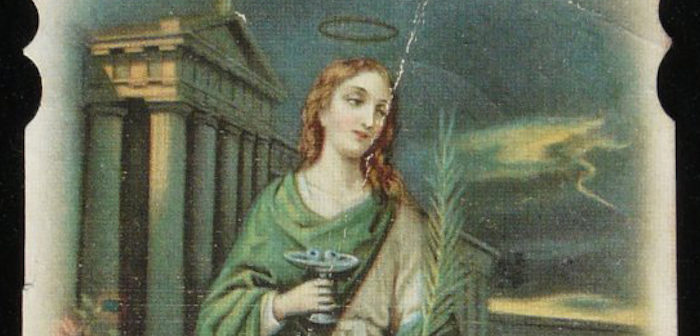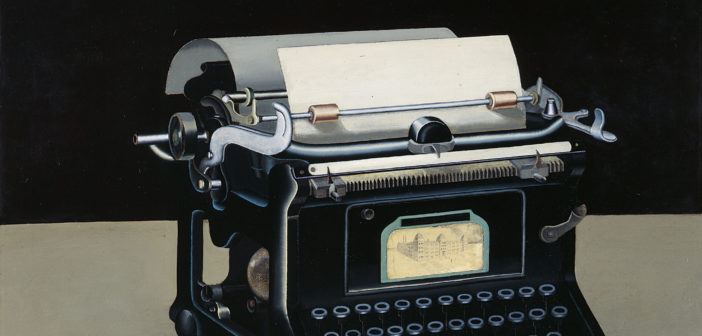Newest Features
The impetus for the Butch Heroes series was curiosity. I had a desire to find out how queer people survived throughout history—specifically, how I would have survived. Obviously, this is a futile question. There is, of course, no way for me to really know how I would have lived, or the choices I would have had to make. But it doesn’t stop me from wondering. When researching the subjects of the paintings, when I’m face to face with them in an imaginary sense, I often think about their lives. If I’m honest…
Bouchra Khalili’s solo exhibition, now on view at the Radcliffe Institute, features a number of works from her 2015 project Foreign Office. The exhibition includes photographs of locations in Algiers that once housed various liberation movements, accompanied by a video, written and directed by Khalili, that features two young Algerian translators describing pieces of revolutionary history that occurred in Algiers and beyond. At one point in the video, they describe “The Geography” of Algiers, pointing to a map that indicates where certain groups convened and organized throughout the Algerian capital. Once this…
Inaugural pop-up exhibition at The Cost Annex 59 Wareham St (5th fl.), Boston MA Taylor Davis: Some Assembly Required Accompanied by an exhibition essay by art historian Martha Buskirk Friday, April 13 2018 (One night only!) 6:00 – 9:00 pm Why are you starting The Cost Annex? Robert Moeller: That’s a good question. I think I just wanted a place where I could showcase work that I really liked and was engaged with without formally opening a gallery somewhere. I didn’t want to be consumed with the idea of becoming a gallerist…
Last week, the Mills Gallery at the Boston Center for the Arts hosted the most recent of its informal, semi-monthly artist-generated/artist-hosted conversation series, Gertrude’s Artists Salon, which explores ideas that grow out of and into art. This installment, presented in collaboration with Big Red & Shiny, delved into the broad and somewhat ill-defined realm of “art writing”. When we talk about “art writing” we are referring to the act of writing about the arts. But is it criticism, journalism, or research? What are its uses: assessment, promotion, or community-building? In 2018, arts writers are…
A Decolonial Atlas: Strategies in Contemporary Art of the Americas places critical emphasis on the Americas as a region of densely interconnected artistic activity, focusing on artists from Latin and Central America while including Latino, Chicano, and indigenous artists of the U.S. as well as Latin American artists living abroad in Europe. At one time associated with revolutionary independence movements, nationalism in Latin America has long been linked to state repression that works in cooperation with imperialist interests. Thus a decolonial atlas of the Americas is one that undoes strict geographic boundaries…
Catholic holy cards are cherished objects. I chose to use the format and style of the holy card for my Butch Heroes series because of their connection to my personal history. Even though I’m not a Catholic any longer, I still have a fondness for the imagery and the dramatic storytelling. By using this format, it is not my intention to imply that my subjects are “holy” in any way; rather, I’m using the format of the holy card in its traditional sense, as a means of remembrance and reverence. For me,…
La Tierra del Olvido is the latest exhibition to be featured at Inquilinos Boricuas en Accion’s La Galería. Curated by Julie Gangrand and Juan Obando, the team behind Lucero—a curatorial platform operating in Boston—the show exhibits two Latina artists in honor of Women’s History Month. The selected artists, Rebakak Vargas and Stephanie Aguayo, elaborate on heavily mitigated memory, cultural fixation, and romanticized tragedy. La Tierra del Olvido, or “The Land of Forgetfulness,” borrows its title from a famous track by musician and actor Carlos Vives. Vibrant and rhythmic, the track combines a…
In 1951, the German philosopher Theodor Adorno wrote, “There can be no poetry after Auschwitz.” His assertion is pardonable but profoundly untenable. The supposed hole in the production of German art after 1943 was long understood as “the gap,” by historians to express a general apathy toward the creation of art. According to this narrative, post-war Germany focused on economic recovery and restitution, apathetic to creativity or altogether unable to create. Cultural advancement was low on Germany’s priority list, with a public still averse to modern art as defined by Hitler. While…

